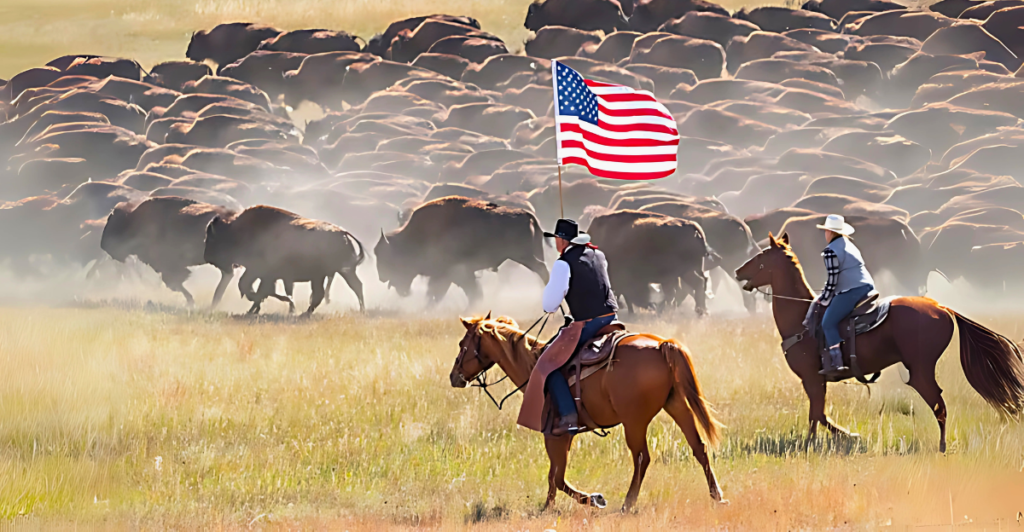
In 2025, the United States is witnessing a remarkable resurgence of its iconic Wild West landscapes, particularly in Montana’s grasslands, once dubbed the “American Serengeti.” This revival is the result of dedicated conservation efforts aimed at restoring the region’s rich biodiversity and vast prairies. The transformation not only rejuvenates the environment but also rekindles the cultural heritage associated with the American frontier.
What It Once Was
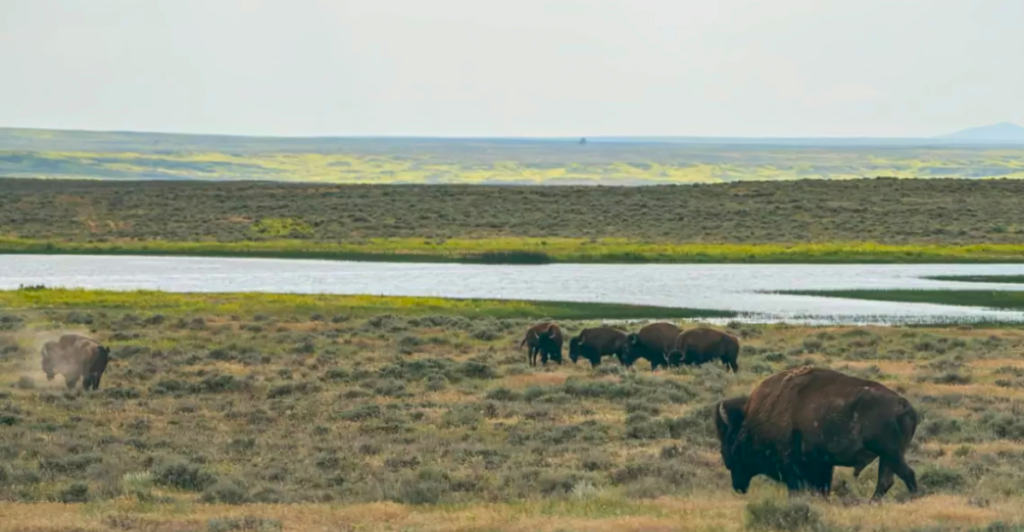
Historically, the Great Plains teemed with diverse wildlife, including bison, pronghorn, and elk, roaming freely across expansive grasslands. However, by the late 19th century, agricultural development and unregulated hunting led to significant habitat loss and a drastic decline in wildlife populations. The once-thriving ecosystems were fragmented, and the cultural essence of the Wild West began to fade.
Conservation Initiatives and Grassland Restoration
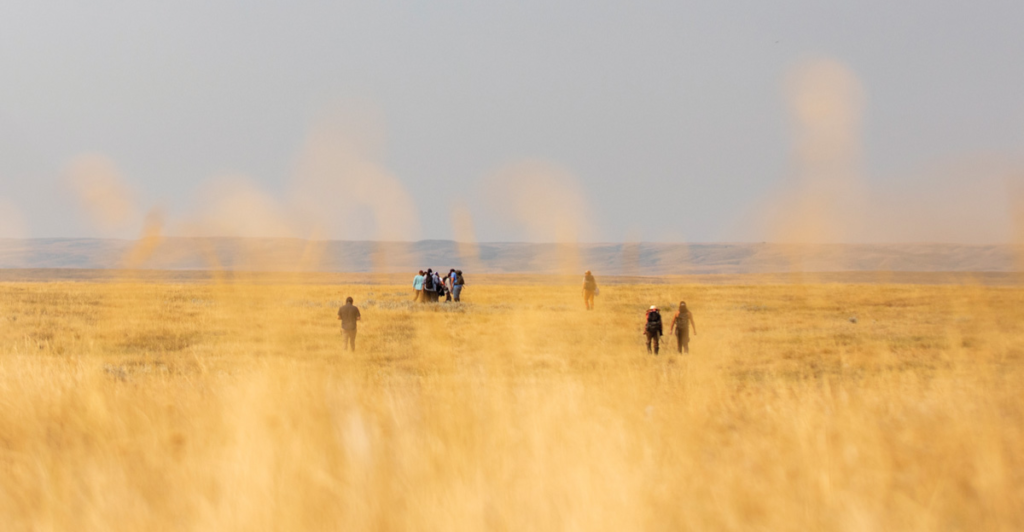
In recent years, organizations like American Prairie have spearheaded efforts to restore Montana’s grasslands. By 2025, American Prairie has successfully acquired and protected over 600,000 acres of land, aiming to create a continuous preserve of 3.2 million acres in northeastern Montana. This ambitious project focuses on reintroducing native species and revitalizing the natural prairie ecosystem.
What’s The Plan
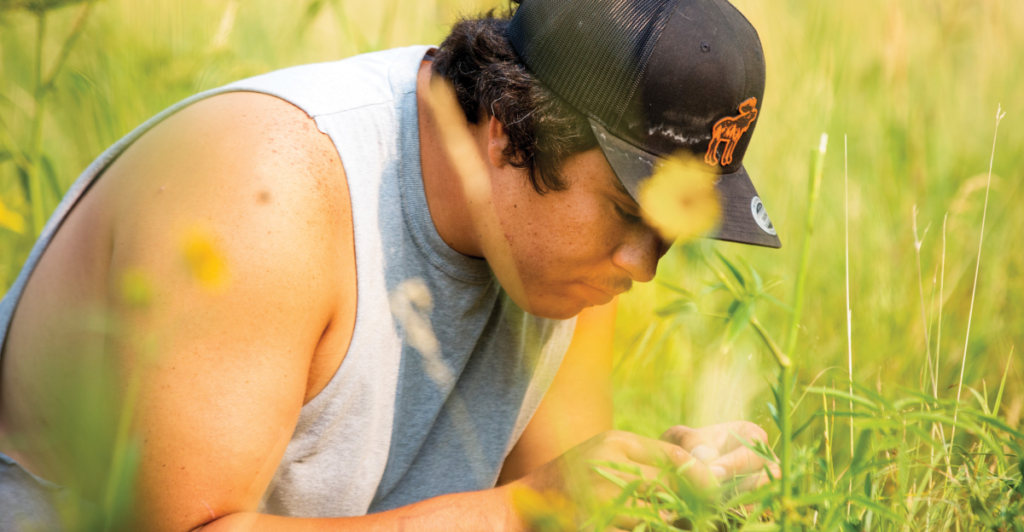
A key aspect of this restoration involves reintroducing native grasses that are essential for the health of the prairie ecosystem. These grasses provide habitat and food sources for wildlife, prevent soil erosion, and enhance carbon sequestration. By 2025, significant progress has been made in cultivating these grasses, leading to the revival of the region’s natural flora.
Reintroduction of Keystone Species
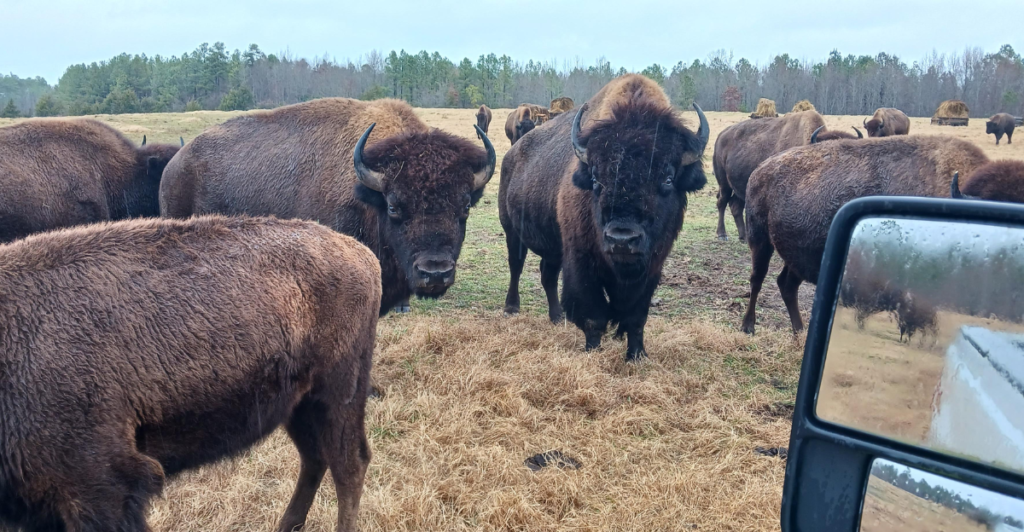
The reintroduction of keystone species has been pivotal in restoring ecological balance. Bison, once nearly extinct, have made a remarkable comeback, with populations in Montana’s reserves reaching sustainable levels. Their grazing patterns promote plant diversity and create habitats for other species. Additionally, efforts to reintroduce predators like wolves and grizzly bears have been carefully managed to ensure a balanced ecosystem.
The Original Animals
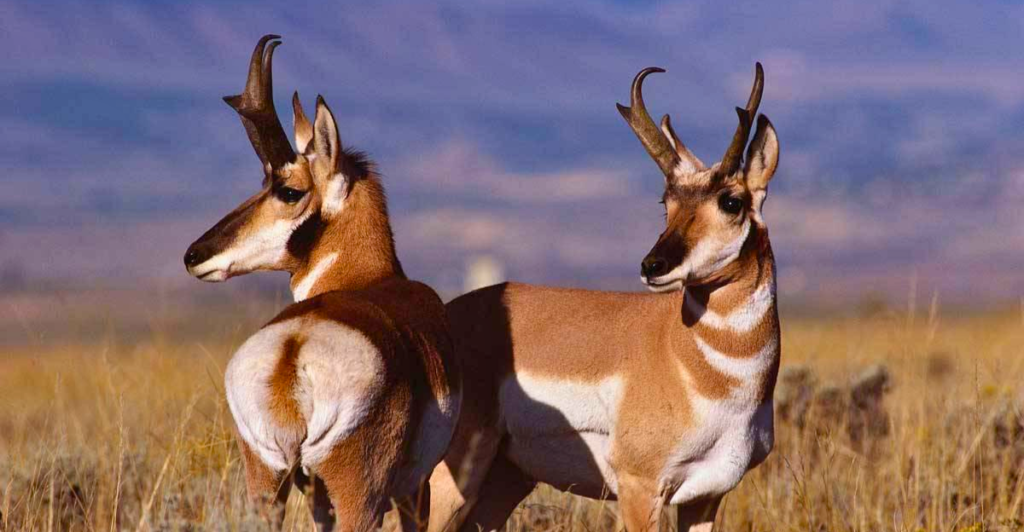
Pronghorn antelope and elk populations have also seen significant increases. Conservationists report that pronghorn numbers have risen by 20% over the past decade, while elk populations have grown by 15%. These increases contribute to the restoration of the natural predator-prey dynamics essential for a healthy ecosystem.
Community Engagement and Cultural Revival
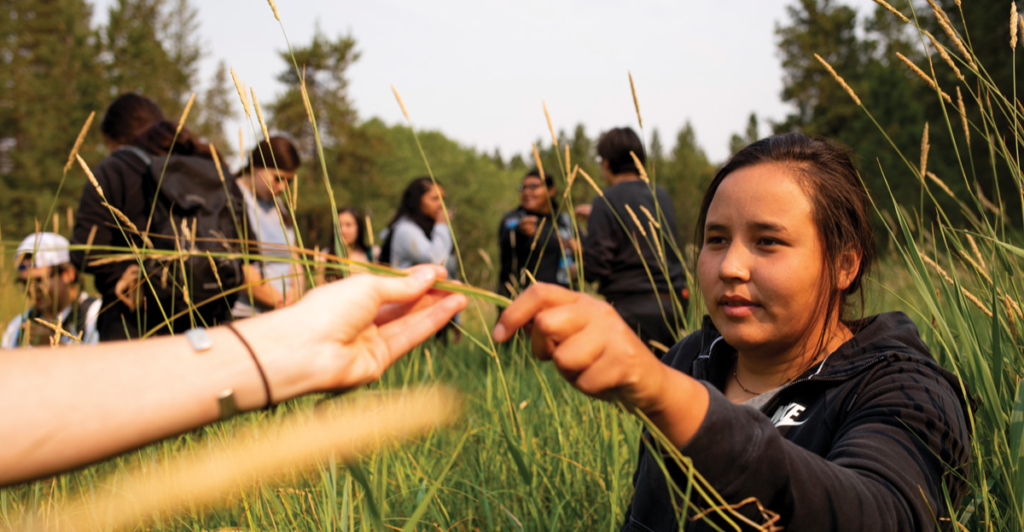
Local communities have played a crucial role in the success of these conservation efforts. Collaborations between conservation organizations and Indigenous tribes have been instrumental in integrating traditional ecological knowledge with modern conservation practices. Educational programs and eco-tourism initiatives have also provided economic benefits, fostering a sense of pride and stewardship among residents.
Farming At Its Finest
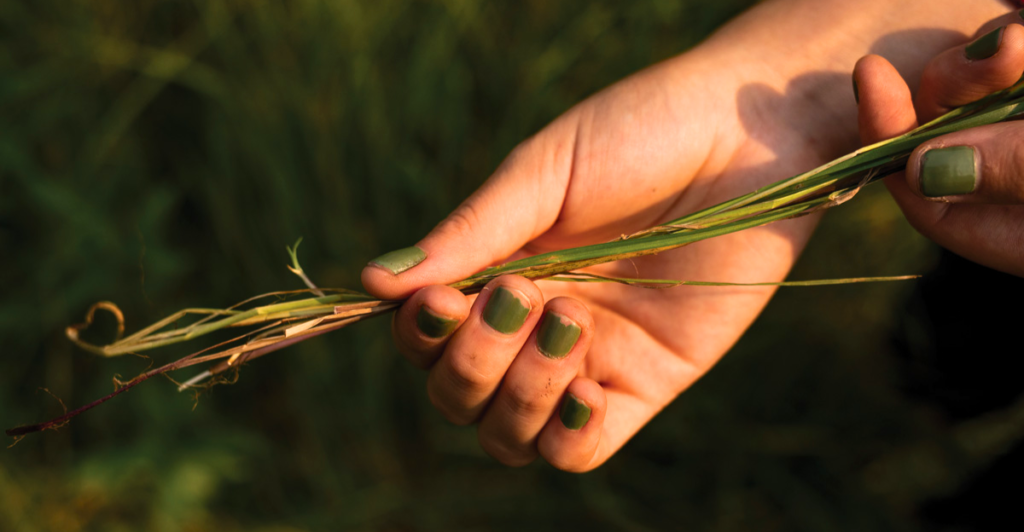
The cultural revival associated with the restoration of the Wild West landscapes has been profound. Traditional practices, such as bison hunting and grassland management, have been revitalized, strengthening cultural identities and community bonds. Festivals and events celebrating the heritage of the American frontier have seen increased participation, further embedding the significance of these landscapes in the national consciousness.
Economic and Environmental Benefits

The restoration of Montana’s grasslands has yielded substantial economic benefits. Eco-tourism has flourished, with visitor numbers increasing by 25% over the past five years. Tourists are drawn to the opportunity to experience the revived Wild West, contributing to local economies through lodging, dining, and guided tours.
Back To Basics
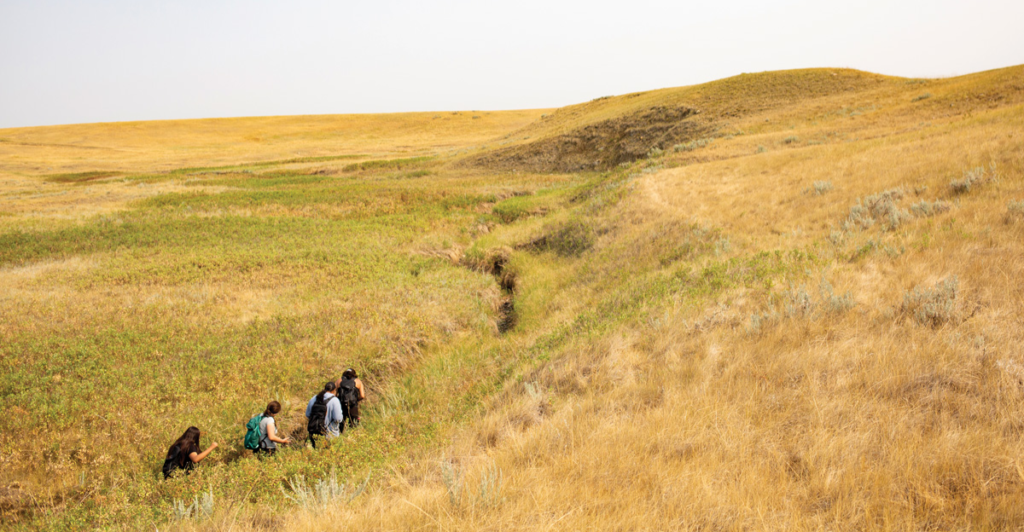
Environmentally, the restored grasslands have enhanced biodiversity, improved soil health, and increased carbon sequestration. Studies indicate that the revitalized prairies sequester an additional 1.2 million metric tons of carbon dioxide annually, aiding in climate change mitigation efforts. Furthermore, the resurgence of native plant species has led to a 30% increase in pollinator populations, benefiting agriculture in surrounding areas.
Challenges and Future Prospects
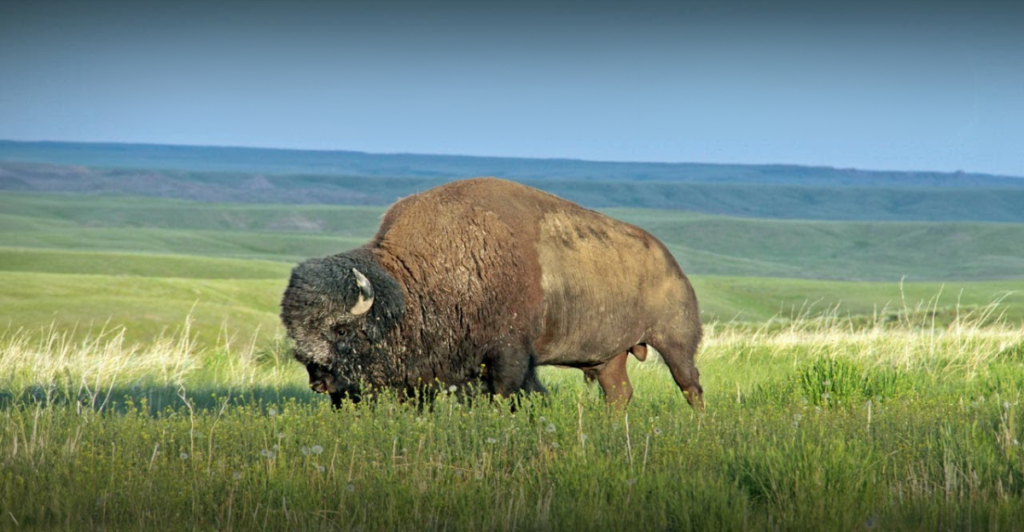
Despite the successes, challenges remain. Balancing agricultural interests with conservation goals requires ongoing negotiation and collaboration. Additionally, climate change poses a threat to the long-term sustainability of these ecosystems, necessitating adaptive management strategies.
Hard Manual Labor
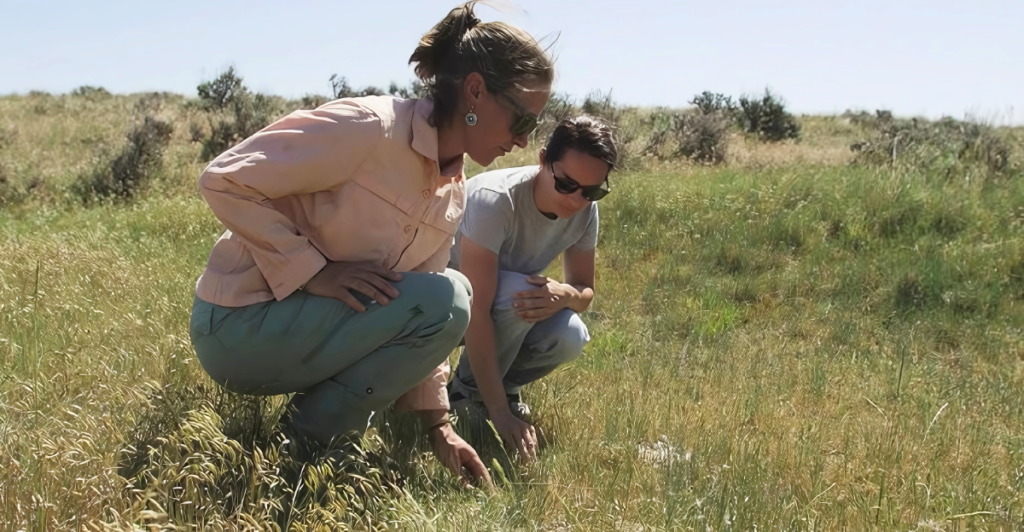
Looking ahead, conservationists aim to expand restoration efforts beyond Montana, seeking to reconnect fragmented habitats across state lines. The goal is to establish a network of protected areas that facilitate wildlife migration and promote genetic diversity. Achieving this vision will require continued support from policymakers, communities, and stakeholders at all levels.
The Grass Is Greener
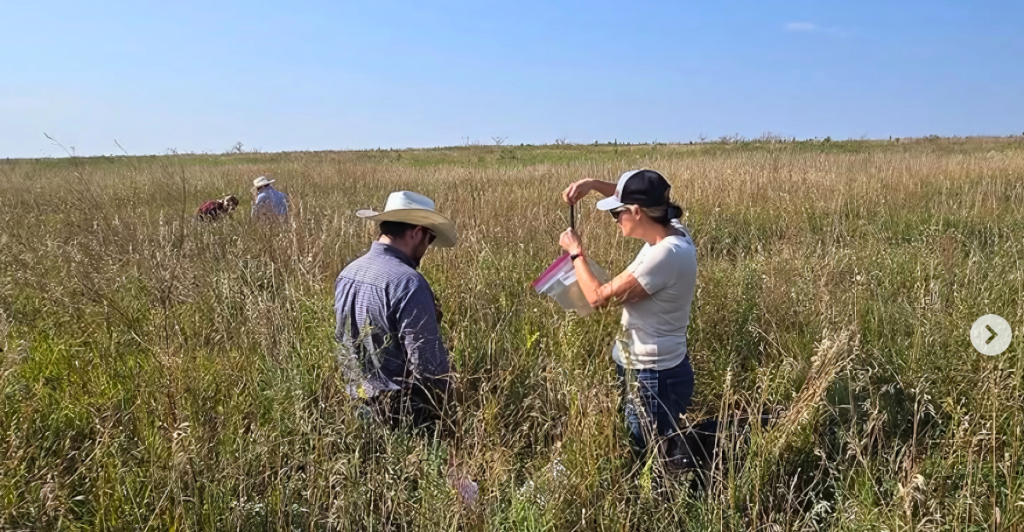
The revival of Montana’s grasslands in 2025 stands as a testament to the power of dedicated conservation efforts and community engagement. The restoration of the “American Serengeti” has not only rejuvenated the environment but also rekindled the cultural heritage of the Wild West. As these landscapes continue to flourish, they offer a model for ecological restoration and cultural revitalization that can inspire similar efforts across the globe. In embracing the lessons learned from Montana’s experience, there is hope that other regions will undertake initiatives to restore their natural landscapes and cultural heritage. The success in Montana demonstrates that with commitment, collaboration, and respect for both nature and culture, it is possible to bring the Wild West—and other cherished landscapes—back to life.
Discover more of our trending stories and follow us to keep them appearing in your feed.

Meet the Massive Crocodiles That Make Their Homes 40 Feet Underground
Overlooked U.S. Grasslands Harboring Wildlife Wonders
Most Profitable Animals to Have on Small Farms in America
The Backyard Chicken Boom: Is America Ready for Urban Farming?
Stay connected with us for more stories like this! Follow us to get the latest updates or hit the Follow button at the top of this article, and let us know what you think by leaving your feedback below. We’d love to hear from you!







